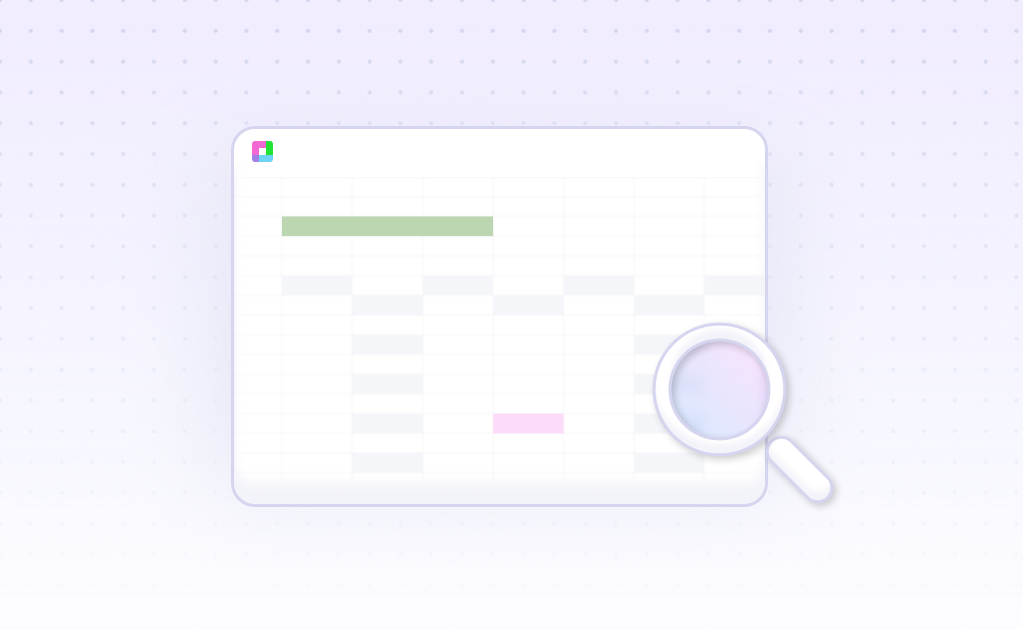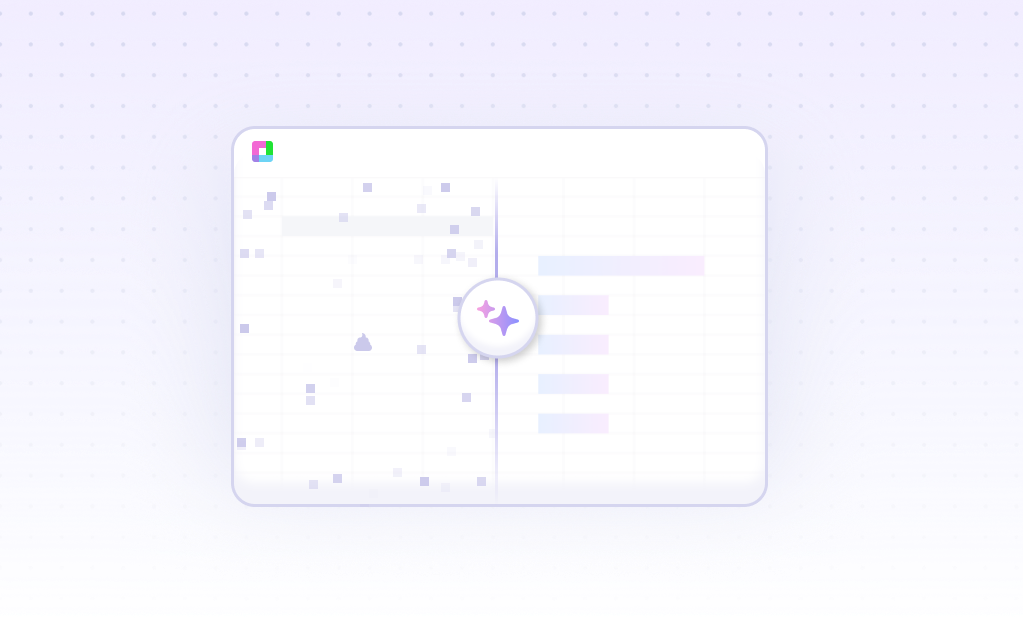
Natural Language Processing (NLP) analysis has revolutionized how we understand and extract meaning from text data. Whether you're analyzing customer feedback, social media posts, or research documents, NLP transforms unstructured text into structured insights that drive business decisions.
In this comprehensive guide, we'll explore practical natural language processing techniques, dive into real-world text analytics examples, and show you how to implement powerful NLP analysis workflows that deliver measurable results.
What is Natural Language Processing Analysis?
Natural Language Processing analysis is the computational study of human language, enabling machines to understand, interpret, and generate human text. It combines linguistics, computer science, and artificial intelligence to process and analyze large amounts of natural language data.
Modern NLP analysis encompasses several key areas:
- Sentiment Analysis: Determining emotional tone and opinion polarity
- Topic Modeling: Identifying themes and subjects within text collections
- Named Entity Recognition: Extracting people, places, organizations, and other entities
- Text Classification: Categorizing documents based on content
- Language Translation: Converting text between different languages
- Text Summarization: Creating concise summaries of longer documents
Why NLP Analysis Matters
Natural language processing analysis unlocks hidden value in your text data, providing insights that traditional analytics miss.
Automated Text Processing
Process thousands of documents in minutes instead of weeks. Scale your text analysis efforts without proportional increases in manual labor.
Deeper Customer Insights
Understand customer sentiment, preferences, and concerns by analyzing reviews, support tickets, and social media mentions at scale.
Risk Detection & Compliance
Identify potential compliance issues, detect fraud patterns, and monitor regulatory language in contracts and communications.
Content Optimization
Optimize marketing content, product descriptions, and documentation by analyzing language patterns that resonate with your audience.
Competitive Intelligence
Monitor competitor messaging, industry trends, and market sentiment by analyzing public communications and social media.
Research Acceleration
Speed up literature reviews, extract key findings from research papers, and identify emerging trends in academic publications.
Real-World NLP Analysis Examples
Let's explore practical examples of how natural language processing analysis transforms raw text into actionable insights across different industries and use cases.
Example 1: Customer Feedback Sentiment Analysis
A growing e-commerce platform collects thousands of product reviews monthly. Manual analysis is impossible, but NLP analysis reveals:
- Sentiment Scores: 78% positive, 15% neutral, 7% negative sentiment across all products
- Topic Extraction: Most complaints focus on 'shipping delays' and 'packaging quality'
- Emotion Detection: High satisfaction with 'product quality' but frustration with 'customer service response times'
- Trend Analysis: Sentiment improving 12% month-over-month after implementing feedback suggestions
Example 2: Social Media Brand Monitoring
A technology company monitors social media mentions to understand brand perception:
- Mention Volume: 2,847 brand mentions across platforms in the last week
- Sentiment Distribution: 65% positive, 25% neutral, 10% negative
- Key Topics: 'Innovation' and 'user experience' generate positive sentiment
- Influencer Impact: Tech influencer posts drive 40% more engagement than standard mentions
- Crisis Detection: Early warning system identifies potential PR issues before they escalate
Example 3: Research Paper Analysis
Academic researchers analyze 500 research papers on artificial intelligence trends:
- Topic Clustering: Five main research areas identified: machine learning, computer vision, NLP, robotics, and ethics
- Keyword Extraction: 'Deep learning' appears 40% more frequently than in previous years
- Citation Network: Papers focusing on 'explainable AI' show highest citation growth
- Methodology Trends: Transformer-based models mentioned in 67% of recent NLP papers
Example 4: Legal Document Processing
A legal firm processes contract language to identify potential risks:
- Clause Classification: Automatically categorize contract clauses by type and risk level
- Anomaly Detection: Flag unusual terms that deviate from standard contract language
- Compliance Checking: Verify contracts meet regulatory requirements across different jurisdictions
- Risk Scoring: Assign risk scores based on liability, termination, and indemnification clauses
NLP Analysis Process
Follow this systematic approach to implement effective natural language processing analysis for your text data.
Data Collection & Preparation
Gather text data from various sources (documents, APIs, databases) and clean it by removing noise, standardizing formats, and handling encoding issues.
Text Preprocessing
Tokenize text into words or phrases, remove stop words, normalize case, and handle punctuation. Apply stemming or lemmatization to reduce words to root forms.
Feature Extraction
Convert text into numerical representations using techniques like TF-IDF, word embeddings, or bag-of-words models that machine learning algorithms can process.
Model Application
Apply appropriate NLP models for your use case: sentiment analysis, topic modeling, named entity recognition, or text classification algorithms.
Results Interpretation
Analyze model outputs, validate results against ground truth data, and extract actionable insights that inform business decisions or research conclusions.
Visualization & Reporting
Create clear visualizations of findings, generate automated reports, and build dashboards that stakeholders can easily understand and act upon.
NLP Analysis Applications
Discover how different industries leverage natural language processing analysis to solve complex text-based challenges.
Healthcare: Clinical Text Mining
Extract medical insights from patient records, clinical notes, and research literature. Identify treatment patterns, drug interactions, and diagnostic trends while maintaining patient privacy.
Finance: Document Analysis
Process financial reports, regulatory filings, and market research documents. Detect fraud patterns, assess credit risk, and monitor compliance across thousands of documents.
Marketing: Content Intelligence
Optimize marketing campaigns by analyzing customer communications, social media sentiment, and competitor messaging. Identify trending topics and optimize content strategy.
Human Resources: Resume Screening
Automate resume screening, analyze employee feedback surveys, and identify skill gaps. Match candidates to roles based on natural language descriptions of requirements.
Customer Support: Ticket Routing
Automatically categorize support tickets, extract key information, and route inquiries to appropriate teams. Identify common issues and improve response times.
Academia: Literature Reviews
Accelerate systematic literature reviews, identify research gaps, and track citation networks. Extract key findings from thousands of academic papers efficiently.
NLP Analysis Best Practices
Successful natural language processing analysis requires careful attention to methodology, data quality, and validation. Follow these proven best practices to ensure reliable, actionable results.
Data Quality and Preparation
- Clean Your Data: Remove duplicates, fix encoding issues, and standardize formats before analysis
- Handle Missing Values: Develop strategies for incomplete text data that don't skew results
- Maintain Context: Preserve important metadata like timestamps, sources, and document structure
- Consider Language Variations: Account for slang, abbreviations, and domain-specific terminology
Model Selection and Validation
- Choose Appropriate Models: Match NLP techniques to your specific use case and data characteristics
- Validate Results: Use human evaluation and cross-validation to ensure model accuracy
- Test Edge Cases: Verify performance on unusual or challenging text samples
- Monitor Performance: Continuously evaluate model performance as new data becomes available
Interpretation and Action
- Understand Limitations: Acknowledge confidence intervals and potential biases in results
- Provide Context: Present findings with sufficient background for stakeholders to make informed decisions
- Iterate Based on Feedback: Use domain expert input to refine analysis approaches
- Document Methodology: Maintain clear records of preprocessing steps and model parameters
Essential NLP Analysis Tools and Techniques
Modern NLP analysis leverages a diverse toolkit of methods and technologies. Understanding when and how to apply different techniques is crucial for effective text analysis.
Core NLP Techniques
- Tokenization: Breaking text into individual words, phrases, or meaningful units
- Part-of-Speech Tagging: Identifying grammatical roles of words (nouns, verbs, adjectives)
- Named Entity Recognition (NER): Extracting people, places, organizations, and other entities
- Dependency Parsing: Understanding grammatical relationships between words
- Word Embeddings: Creating numerical representations that capture semantic meaning
Advanced Analysis Methods
- Transformer Models: State-of-the-art neural networks for context-aware text understanding
- Topic Modeling: Discovering hidden themes using techniques like LDA and BERT-based approaches
- Sentiment Analysis: Multi-level emotion detection from simple polarity to complex emotional states
- Text Clustering: Grouping similar documents based on content and semantic similarity
- Sequence Labeling: Identifying patterns and structures within text sequences
Evaluation Metrics
- Accuracy Measures: Precision, recall, and F1-score for classification tasks
- Semantic Similarity: Cosine similarity and other distance metrics for text comparison
- Perplexity: Language model quality assessment
- Human Evaluation: Expert annotation and inter-annotator agreement scores
Natural Language Processing Analysis FAQ
What types of text data work best for NLP analysis?
NLP analysis works with virtually any text data, but clean, well-structured text typically yields better results. Customer reviews, social media posts, emails, documents, and survey responses all work well. The key is having sufficient volume (typically hundreds to thousands of samples) and consistent formatting.
How accurate is sentiment analysis for business applications?
Modern sentiment analysis achieves 80-95% accuracy on clean, domain-specific text. Accuracy varies by context - product reviews typically show higher accuracy than social media posts due to clearer language. Custom models trained on your specific domain and terminology generally outperform generic solutions.
Can NLP analysis handle multiple languages simultaneously?
Yes, multilingual NLP analysis is possible using language detection and specialized models. However, accuracy may vary between languages, with English typically showing the best performance. For critical applications, consider using language-specific models rather than multilingual approaches.
What's the difference between rule-based and machine learning NLP approaches?
Rule-based approaches use predefined patterns and dictionaries, offering transparency and control but requiring manual updates. Machine learning approaches automatically learn patterns from data, providing better scalability and accuracy but requiring training data and less interpretability.
How much training data do I need for custom NLP models?
Requirements vary by task complexity. Simple classification tasks may need 1,000-5,000 labeled examples per category, while complex tasks like named entity recognition might require 10,000+ examples. Transfer learning from pre-trained models can significantly reduce data requirements.
Can NLP analysis detect sarcasm and irony in text?
Detecting sarcasm and irony remains challenging for NLP systems, though recent advances show promise. Context-aware models perform better, but accuracy is typically lower than straightforward sentiment analysis. Consider this limitation when analyzing social media or informal communications.
How do I ensure privacy when analyzing sensitive text data?
Implement data anonymization, use secure processing environments, and consider on-premises solutions for sensitive data. Techniques like differential privacy and federated learning can help maintain privacy while enabling analysis. Always comply with relevant data protection regulations.
What preprocessing steps are essential for NLP analysis?
Essential preprocessing includes text cleaning (removing special characters, normalizing whitespace), tokenization, stop word removal, and case normalization. Depending on your use case, you might also need stemming/lemmatization, spell correction, and handling of domain-specific terminology.
Mastering NLP Analysis for Business Impact
Natural language processing analysis has evolved from academic curiosity to essential business tool. Organizations that effectively harness NLP analysis gain significant competitive advantages through deeper customer understanding, automated processing capabilities, and data-driven decision making.
The key to successful NLP implementation lies in starting with clear objectives, choosing appropriate techniques for your specific use case, and iterating based on results. Whether you're analyzing customer feedback, processing legal documents, or conducting research, the fundamental principles remain consistent: clean data, appropriate models, and careful validation.
As NLP technology continues advancing, the barrier to entry decreases while capabilities expand. Modern tools make sophisticated text analysis accessible to domain experts without extensive programming knowledge, democratizing the power of natural language understanding across industries and applications.
Frequently Asked Questions
If your question is not covered here, you can contact our team.
Contact Us




